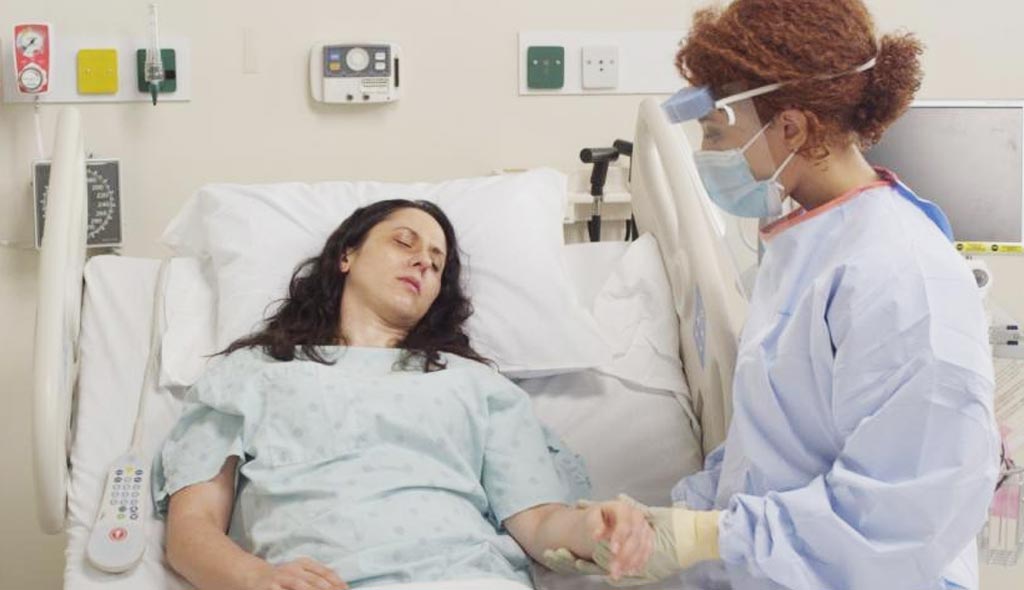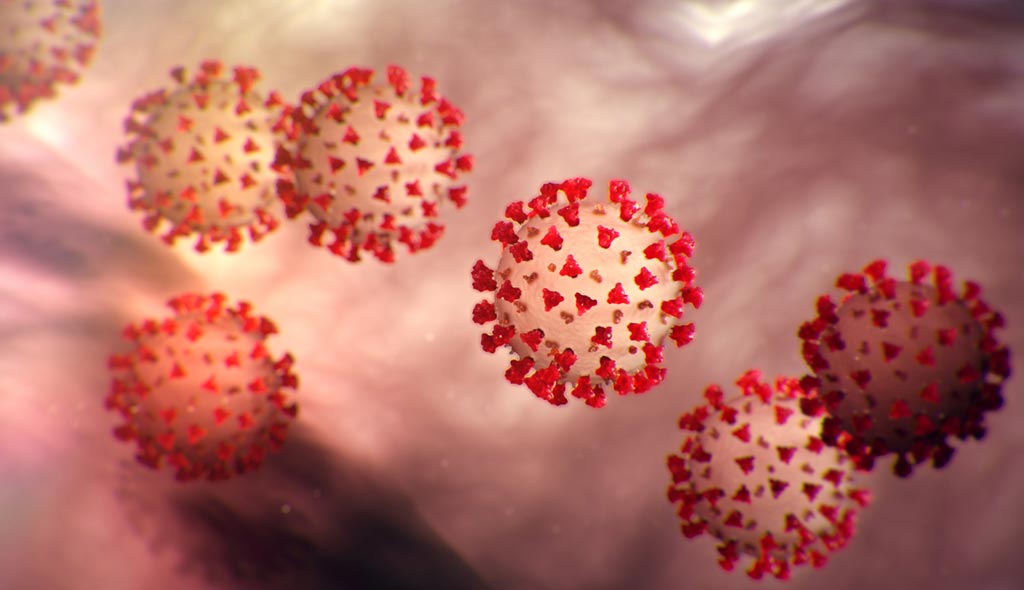How Does Coronavirus Damage Human Body?

Coronavirus Effects on the Body
The citizens of the world are currently witnessing the biggest pandemic in their living memory in the form of coronavirus, and it is nowhere close to seeing its end. But what has made it so strong? What has made its rate of spreading so fast? How does it function? How does it damage a human body? There are tons of questions regarding coronavirus that are keeping us awake at night. Without the proper knowledge, we would not be able to win the battle against this dreadful virus, and that is exactly why we are here, gathering the answers to all these questions.
How Coronavirus Works inside Human Body?
This isn’t the first time that the world has been struck by a disease on a large scale. Black Death, Yellow Fever, Spanish Flu, and the more recent H1N1 Swine Flu have taken millions of lives collectively at one point or other in history. But our resilience helped us in overcoming these deadly epidemics and pandemics.
In our attempt to understand how coronavirus works, we first need to take a look at what it is. Let’s find out.
The Structure of Coronavirus
We should start this section by stating that there are different varieties of coronaviruses, and not all of them cause the deadly disease that the world is experiencing now. The current coronavirus disease is called COVID-19 and it is caused by the Severe Acute Respiratory Syndrome Coronavirus 2 (SARS-CoV-2). It was first identified in December 2019 in Wuhan, China. And thus, it gained the name, COVID-19.
It is a zoonotic disease; meaning, it initially spreads from one species to human hosts. Researches have shown that the closest relative to SARS-CoV-2 is a bat virus, and it probably has jumped from bats to pangolins, which is sometimes consumed as a delicacy by humans. Since this virus is relatively new, we have limited knowledge regarding it and researches are going on to gain information about it. This is essentially a novel coronavirus.
It is a highly contagious virus that primarily affects your lungs and throat. This brings us to the next section where we are going to discuss how this virus spreads from person to person.
How Does Coronavirus Spread from One Person to Another?

In just a matter of a couple of months, COVID-19 has escalated into an entity that has engulfed the entire globe. With millions of people infected and more than hundreds and thousands of people already died due to this virus, it is natural to be scared.
Although it may have jumped from a different species to the human body, chances of us getting infected by COVID-19 through animals are next to zero. So, pet owners and lovers can rest assured. You don’t have to abandon your pets in fear of getting infected.
This disease spreads from person to person through coughs and sneezes. This is why it is advised to maintain a distance of at least six feet between one another. Droplets from the coughs and sneezes transmit the SARS-CoV-2 to anyone who comes in close contact. It enters a human body through nose, mouth, or eyes.
It can also spread through fomites, meaning, through inanimate objects that are infected by a patient. These objects can range anything from doorknobs to electric switches, utensils, and clothes, among others.
With the groundwork now laid, it is time to find out how the human body reacts when contracted with this deadly virus.
What Happens When Coronavirus Enters Human Body?
We’ll breakdown the process into different phases for better understanding. These phases are as follows:

First Phase
COVID-19 is a respiratory disease and in most cases, it begins with the lungs. Your body is made of different types of cells, and lung cells are one of them. There are two types of lung cells – one that produces Mucus and the other that appears as hair-like batons, known as Cilia.

While the Mucus makes sure that your breathing organs don’t dry out, the Cilia cells clear out debris such as pollen or viruses from your lungs. The Mucus, by the way, also protects the lung tissues from pathogens.
Studies have shown that when the novel coronavirus enters your body, it destroys the Cilia cells. As a result, the airways of the infected person are filled with fluids and debris. You then develop pneumonia in both lungs. Alongside this, you may also experience shortness in breathing.
Second Phase
In the second phase, the immune system of your body intervenes to give you protection. It does so by filling your lungs with immune cells that help in clearing away the damage caused by the virus. At the same time, the immune cells also repair your lung tissues.
Your immune cells can be very aggressive during this time and can destroy anything that comes in front of them. Although they are tightly regulated and are confined to the affected areas, sometimes they can completely change their route and damage even the healthy tissues. Thus, it can cause more damage and as a result, your pneumonia can worsen and your lungs can get further clogged with more debris.
Third Phase
In the third phase, the damage to the lungs continues, and it can be fatal. Even if you survive, you will end up with permanent lung damage. Studies are showing that the patients of COVID-19 can develop holes in their lungs, which make them look like “honeycombs”.
It is believed that these holes are created by the hyperactive response of your immune system. As a result, despite protecting your lungs, these scars also stiffen them. Consequently, you might have to be put on ventilators to support your breathing.
Due to the inflammation, the membranes between your blood vessels and air sacs become more permeable than before. This results in your lungs getting filled with fluid, which affects their ability to oxygenate the blood.
In some cases, the lungs get flooded, inhibiting the affected person from breathing, which is how some people with COVID-19 are dying.
Although in most cases, the COVID-19 begins and ends with the lungs, it is important to look at the following rare cases as well:
Stomach
The SARS outbreak that took place previously saw its patients suffering from diarrhea. Although with the novel coronavirus, cases of diarrhea have been rare. However, it can’t be entirely undermined.
Usually, when a virus enters your body, it looks for cells that have protein on the outside. These are called receptors. Once the virus finds these receptors, it invades them. Researches are still going on as to whether this novel coronavirus can access the intestine and colon cells (much like SARS viruses) or not. However, it is believed that COVID-19 uses the same receptor as that of SARS.
Kidney
A few SARS patients and a small chunk of MERS patients suffered from acute renal injuries and it is estimated that this novel coronavirus can do the same in your body. Yes, it is uncommon in COVID-19 so far, but if proven to be completely true, it could be fatal.
Your kidneys filter your blood. There are tiny tube-like structures in your kidney that transmit the good stuff back to your body while eliminating the waste through urine by sending it to your bladder. Zoonotic coronavirus affects these tubules and COVID-19 is likely no exception.
Liver
COVID-19 has the potential to enter your bloodstream, and once it does, it can very easily enter your liver. The liver is responsible for processing your blood, filtering out toxins, and making bile.
It is believed that this virus can kill off the liver cells, rendering them ineffective, thereby causing a downfall of chain reactions in your body.
Take a look at the video below to get a visual representation of the process mentioned above.
Final Takeaway
This is a tough time. Some would even say a confusing time. The novelty aspect of COVID-19 makes it so difficult to fight off. Researches are still going on to find key details about every action that this virus causes once it enters the body. This would take time, but the wait is worth it, the social isolation is worth it, the lockdown is worth it because you don’t want to deal with what this virus has to offer.
Some people wonder as to how simply washing hands with soap can protect from this deadly virus. Well, that is because the SARS-CoV-2 is covered by spiky protrusions, which are further enveloped in a fat layer. When you wash your hands with a soap-based material for 15-20 seconds, that fat layer gets destroyed, thereby protecting you from the virus.
Similarly, every preventive measure that doctors and government are implying to you is essential. Protect yourself, respect the quarantine, engage yourself and the kids at your home with various types of indoor activities, and allow the scientists and medical team to come up with its vaccination by further studying the nature of the virus.

